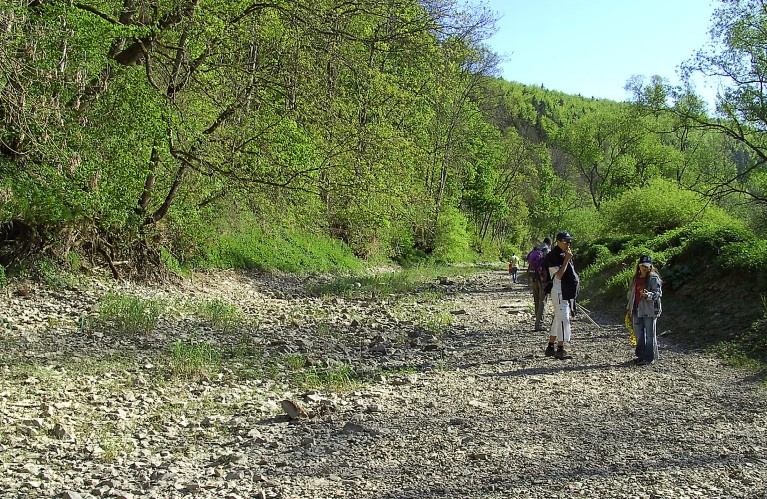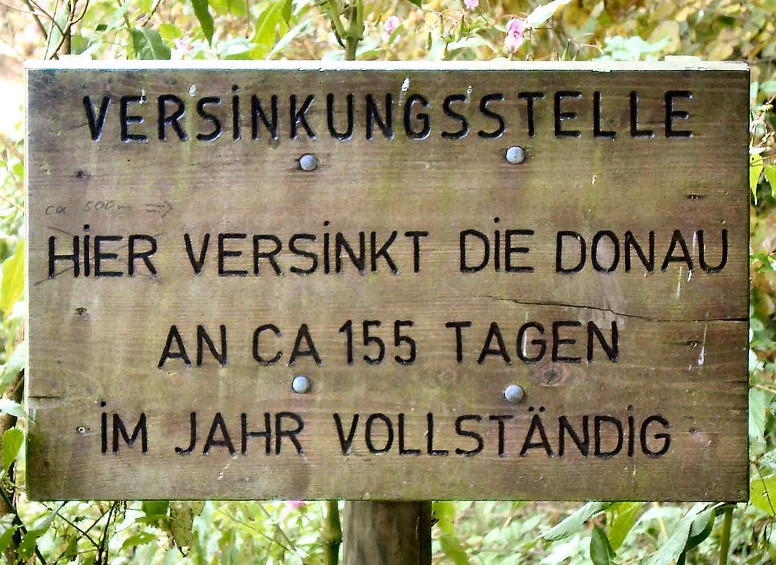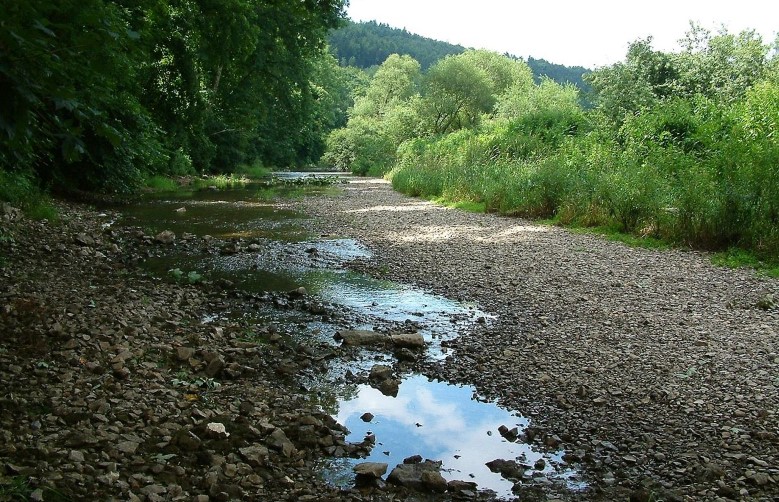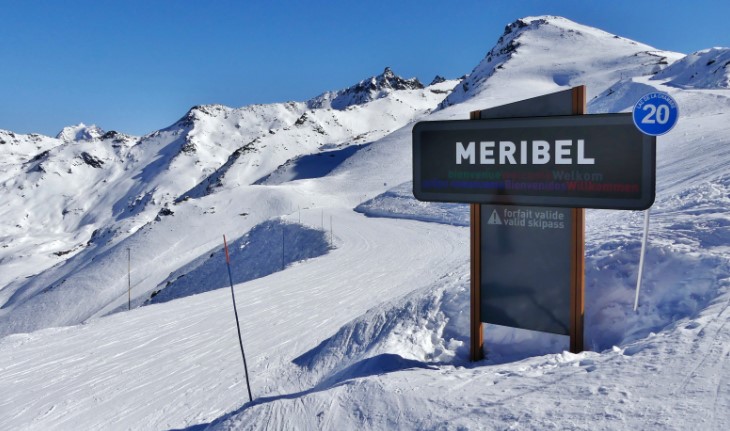Experiencing the Danube and Rhine Rivers: A Natural Escapism Tale
Nature’s power and beauty are on display in the Danube Sinkhole, a fascinating natural wonder. Its size, depth, and disappearing act have enthralled scientists, tourists, and locals alike. Danube Sinkhole was formed when an underground cavity dissipated over time, creating a hole in the riverbed.
The vast and intricate European river system has always captivated poets, geographers, and visitors. Danube and Rhine are two of the most iconic rivers among the many that make up this system. In a remarkable example of natural escapism, these two rivers meet despite being relatively far apart at the source.

Danube and Rhine origins
German Black Forest city Donaueschingen lies at the mouth of the Danube, also known as the Donau. The river originates at the confluence of two small rivers and flows eastward. By contrast, the Rhine originates in the Swiss Alps and flows northwest through Switzerland before entering Lake Constance on its southeast shore.
The Connector: Lake Constance
Lake Constance serves as a waterway connecting the two rivers. A small amount of water from the Danube enters the lake, although the entire river never flows into it. The reason for this is that the Danube disappears near its source when it reaches its upper course. Located near the village of Immendingen at a height of about 673 meters. In German this place is called Donauversickerung. During its flow through the karst system, river water filters southward through the caverns.
Read More – The Bimmah Sinkhole of Oman
Disappearing Danube
It is more accurate to say the river Radolfzeller Aach is sinking rather than seeping since it reaches the river through caverns rather than spreading into the soil. In 1874, the complete disappearance of the Danube was first documented. Since then, the number of “disappearances” has ranged from 29 days a year to 309 (the latter in 1921). There are approximately 155 days per year when the river completely disappears, mostly during the summer.
When it doesn’t completely disappear, some of its water seeps into the sinkhole, and the rest continues its course across half of Europe until it empties into the Black Sea in Romania. The “disappearing” water flows south through thousands of cracks and small fissures, and 12 kilometers later, at about 475 meters, it reappears in Aachtopf.
The disappearing Danube water emerges from a karstic cavity at Aachtopf, which was originally believed to have a thermal origin. It is from Aachtopf that most of Germany’s mineral water comes. Aachtopf produces approximately 8,500 liters of water per second.

Evidence of Relationship
There was a suspicion that the sinkhole and the Aachtopf spring were connected until 1877, but no evidence could be found. Adolf Knop, a geologist at the Karlsruhe Institute of Technology, poured 10 kilograms of sodium fluorescein (an organic dye), 20 tons of salt, and 1,200 kilograms of oil shale (from rocks high in organic content) into the Danube on October 9, that year. The “lost” water from the Danube emerged in the Aachtopf spring after 60 hours, colored fluorescent green, tasted like tar, and was colored with fluorescent green.
The Radolfzeller Aach
At Aachtopf, the Danube water becomes the Radolfzeller Aach, which flows into Lake Constance. Earlier, we saw that the Rhine flows out of the lake. A curious and striking characteristic of the Rhine is that part of the Danube’s water flows into it as well. There has been decades of fascination with this geological phenomenon among scientists and visitors alike.
Sinkhole stretches in the future cannot be predicted accurately because karst is still developing. Approximately 7,000 tons of lime are removed annually from the karst system by the underground river Danube, which has a volume of 2,700 m3. It is possible for the underground system to expand or collapse in the future, resulting in sinkholes above ground.
The ecological significance of the Danube Sinkhole
A geological wonder, the Danube Sinkhole is also an important ecological site. Many endemic species of plants and animals can be found around the sinkhole and its surroundings. Additionally, several bird species nest at the sinkhole, including black storks and peregrine falcons. Additionally, visitors can enjoy hiking, birdwatching, and other outdoor activities at the nearby nature reserve. Make sure you add the Danube Sinkhole to your travel itinerary if you’re looking for a one-of-a-kind adventure!
Read More – Red Lake Sinkhole of Croatia







